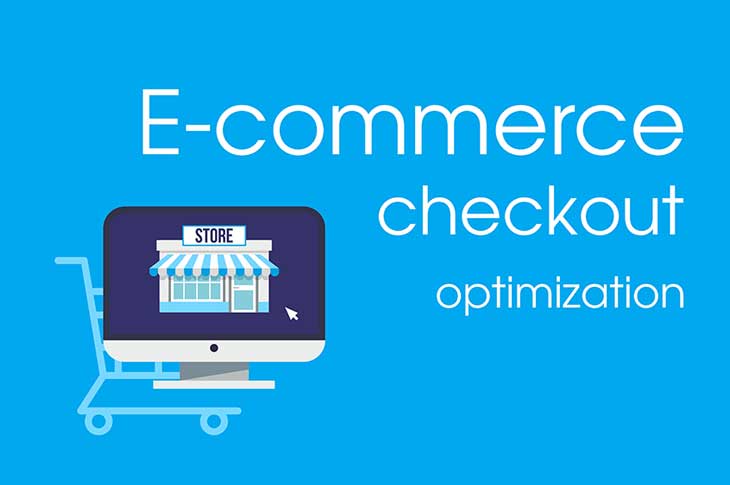The checkout process is a crucial stage in any e-commerce website’s customer journey. It directly impacts conversion rates, customer satisfaction, and overall success. A smooth and efficient checkout process can significantly reduce cart abandonment and encourage repeat purchases. To help e-commerce businesses maximize their potential, we present some best practices for an optimized checkout experience.
1. Streamlined and User-Friendly Design: Keep the checkout process simple and intuitive. Use a clean and clutter-free design with clear, easy-to-understand navigation. Minimize the number of steps required to complete the purchase and avoid overwhelming the customer with too much information at once.
2. Guest Checkout Option: Offer a guest checkout option to eliminate the need for customers to create an account before purchasing. While encouraging account creation can be beneficial for building a customer database, forcing it upon users during checkout can lead to higher cart abandonment rates.
3. Clear Progress Indicators: Provide visible progress indicators, such as steps or a progress bar, so customers know where they are in the checkout process. This creates a sense of control and reduces frustration, as customers can anticipate the remaining steps.
4. Mobile Responsiveness: Ensure that the checkout process is mobile-friendly. With the increasing number of mobile shoppers, it is vital to optimize the experience for smaller screens. Large buttons, easy-to-fill forms, and mobile-responsive design are essential to facilitate smooth transactions on all devices.
5. Auto-Fill and Address Lookup: Implement auto-fill options for fields like name, address, and payment details. Additionally, offer an address lookup feature to simplify the process further. Reducing manual data entry decreases the chances of errors and saves time for the customer.
6. Multiple Payment Options: Provide a variety of payment options, including credit/debit cards, digital wallets (e.g., PayPal, Apple Pay), and other relevant local payment methods. Catering to diverse preferences increases the chances of completing the purchase.
7. Transparent Pricing and Shipping Costs: Clearly display the total cost, including taxes and shipping fees, before customers enter the checkout process. Hidden costs discovered at the last moment are major contributors to cart abandonment. Be upfront about all charges to build trust with your customers.
8. Security and Trust Signals: Ensure that your checkout process is secure and prominently display trust signals such as SSL certificates and security badges. Assure customers that their personal and financial information is safe, which can enhance confidence and reduce cart abandonment.
9. Real-Time Validation and Error Messages: Implement real-time validation for form fields to prompt customers about errors immediately. Provide clear error messages indicating what went wrong and how to fix it. This reduces frustration and helps customers quickly proceed through the checkout process.
10. Order Confirmation: Send an order confirmation email immediately after the purchase is completed. This not only reassures customers that their order was successful but also provides them with a summary of their purchase, estimated delivery date, and relevant support contacts.
11. Guest Order Tracking: Allow customers to track their orders as guests, even without creating an account. Offering this option gives customers peace of mind and reduces barriers to completing the purchase.
In conclusion, optimizing the checkout process is essential for e-commerce websites seeking to improve their conversion rates and overall customer experience. By employing streamlined designs, mobile responsiveness, transparent pricing, security measures, and guest-friendly options, businesses can enhance customer satisfaction and loyalty while reducing cart abandonment. A seamless checkout process translates into happy customers and increased revenue, making it a priority for every e-commerce venture.


